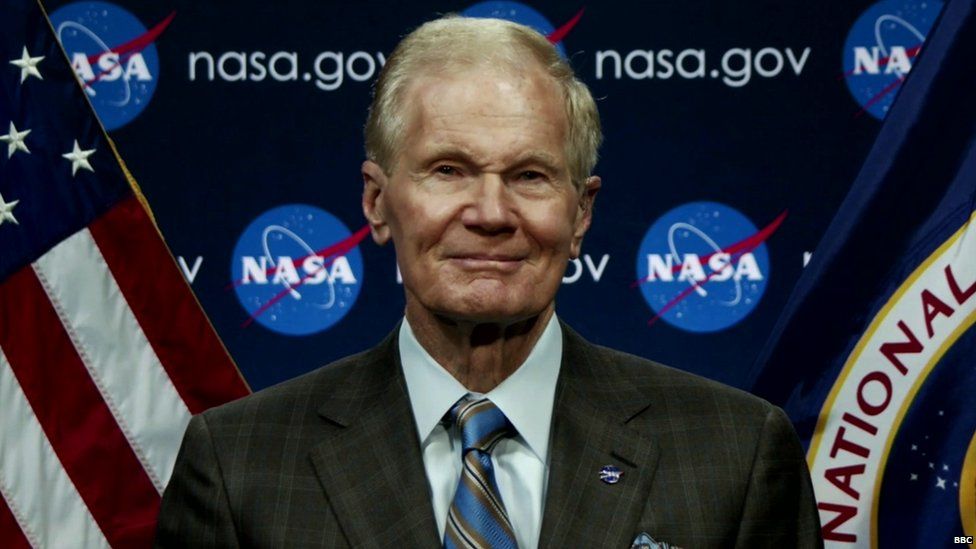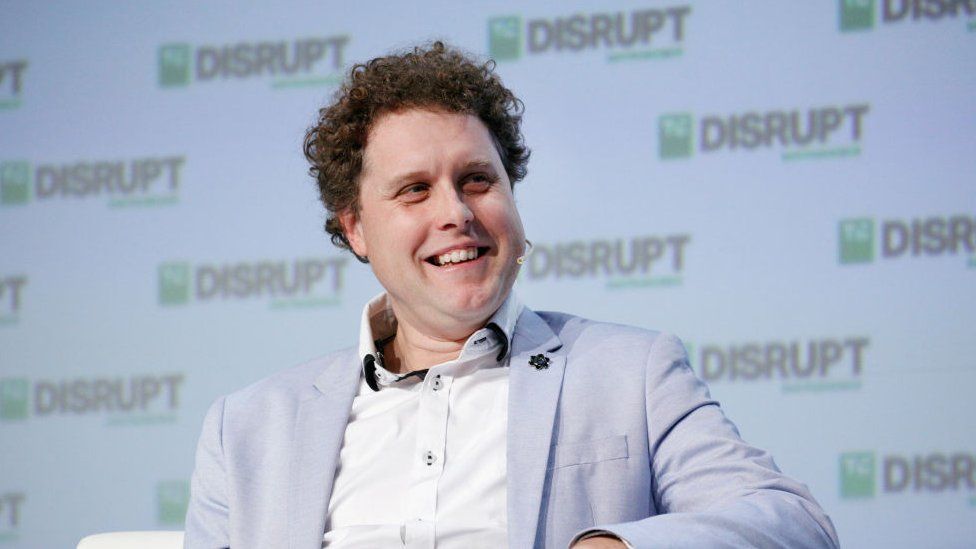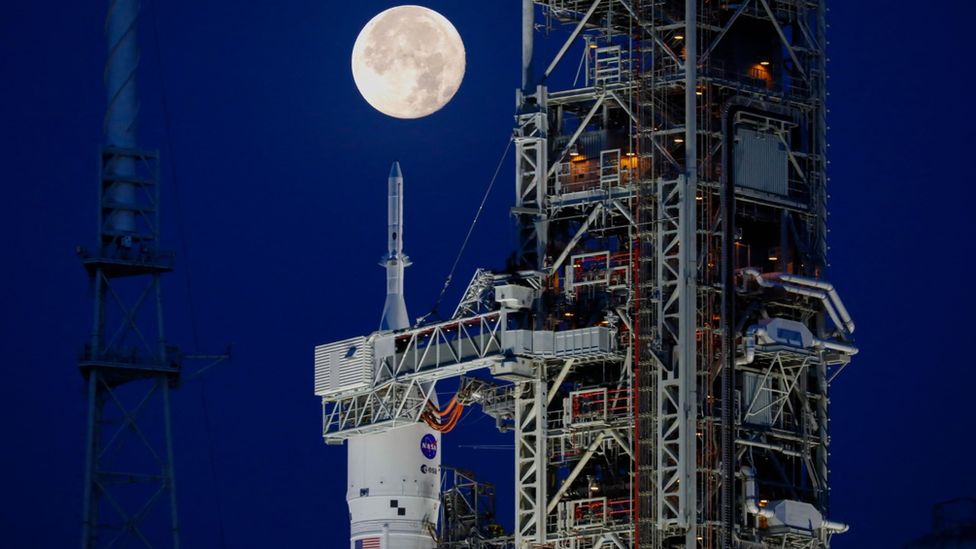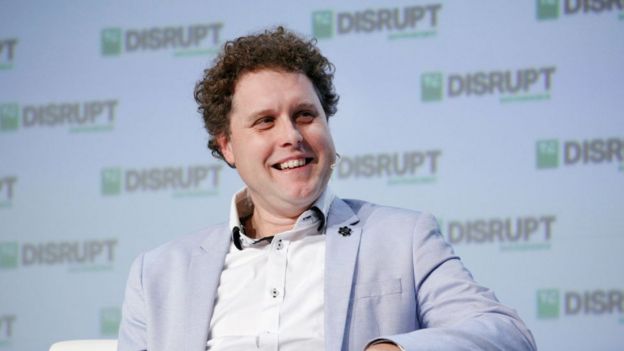
The US is “in a space race with China to go back to the moon”, says Nasa chief Bill Nelson.
In a BBC interview, Mr Nelson says he wants to make sure “we get there first”.
His comments revive memories of the 1960s and 1970s, when Nasa was in a space race with the Soviet Union. But half a century later, Nasa is employing private companies to do much more of the work.
Mr Nelson says they are crucial because it allows for the huge costs to be shared, and for Nasa to draw on “the creativity of entrepreneurs in the private sector”.
He points to Elon Musk’s SpaceX, which in 2021 was awarded a $3bn (£2.4bn) contact to build a lunar lander, and has also developed the most powerful rocket ever built.
Other private firms are also feeling the benefit of the space race. Earlier this year the agency signed a $3.4bn deal with Jeff Bezos’ Blue Origin – also to build a lander, but for later moon landings.
Those are just two companies that are benefitting from billions of dollars of government funding. It’s money that is being spent, in part at least, to try and keep ahead of China amid much broader tensions between the world’s two biggest economies.

In late August, India became the fourth nation to achieve a soft landing on the Moon and the first to reach the lunar south pole region.
Despite that success, China’s space program is the one most closely watched by Nasa.
China is the only country to have its own space station, it has already brought moon samples back to earth, and it has plans to reach the polar regions of the lunar surface.
This worries Mr Nelson: “What I’m concerned about is that we find water on the south pole of the moon, China gets there, and China says this is our area. You can’t come here, it’s ours.”
Mr Nelson argues that China’s actions to build artificial islands in order to claim sovereignty over parts of the South China Sea support his concern.
Mr Nelson also points out that China has not signed up to the US-led Artemis Accords, intended as a framework for best practice in space and on the Moon.
China says it is committed to the peaceful exploration of space, and has previously dismissed US concerns about its space programme as “a smear campaign against China’s normal and reasonable outer space endeavours”.
The rivalry is spurring huge investment by Nasa. In the year to the end of September 2021 the agency says its spending was worth $71.2bn to the US economy – a 10.7% increase on the year before.
While big names like SpaceX might attract the headlines, Nasa’s spending reaches much further into the economy.
“A quarter of our spending is going to small businesses,” says Mr Nelson.
That money can accelerate the growth of small firms, particularly start-ups, says Sinead O’Sullivan, a former Nasa engineer and now space economist at Harvard Business School.
The government often acts as a first customer to start-up firms and those contracts can allow them to approach private investors and raise even more money, she says.
“A lot of the time we talk about venture capital and private equity, however, governments are equally if not more important,” Ms O’Sullivan says.


The race back to the moon might be high profile, but it has helped spur an explosion in other space activity that could be far more profitable.
In 1957 Russia became the first country to put a satellite in orbit as it fought the original space race with the US. Now there are just over 10,500 satellites orbiting earth, according to the European Space Agency.
Over the last decade, Chad Andersen founder of investment firm Space Capital, credits SpaceX for spurring the industry on.
“The only reason that we’re speaking about space as an investment category today is because of SpaceX,” he says. “A little over 10 years ago, before their first commercial flight, the entire market was really government dominated.”
About half of the satellites now in orbit were launched in the last three years, according to analytics firm BryceTech.
That’s mainly thanks to just two companies One Web and Elon Musk’s Starlink.
“The space economy is much broader than just rockets and satellite hardware. It is the invisible backbone that powers our global economy,” explains Mr Anderson.
With the growing number of satellites in orbit he says an increasing number of companies are finding new uses for the data they provide, including in the agriculture, insurance and maritime industries.

New Zealand-based RocketLab is another big player in the space economy.
A rival to SpaceX, it has already completed 40 launches for customers including Nasa and other US government agencies.
Its founder Peter Beck went from dishwasher engineer to launching rockets into space, and says that is only the tip of the iceberg when it comes to the financial opportunities that lie beyond earth.
“Launch is about a $10bn opportunity. Then there’s infrastructure, like building the satellites, it’s about a $30bn opportunity. And then there’s applications and that’s about an $830bn opportunity.”
He is not alone in making big claims. The US investment bank Morgan Stanley estimated the global space industry could grow to be worth over $1tn a year by 2040.
What might be next for space-faring private firms?
Mr Beck is cautious about opportunities on the moon, particularly mining.
“At the moment, it’s not economically viable to go to the moon, mine and bring it back to Earth.”
Nasa’s Bill Nelson sees possibilities in medical research. He points to useful research into crystal growth conducted on the International Space Station in 2019 by pharmaceuticals firm Merck, which helped developed a cancer treatment.
He also says fibre optics might be manufactured more effectively in zero gravity.
“What you will see eventually is lot of business activity in low Earth orbit.”
Related Topics
-
-
24 December 2022

-

